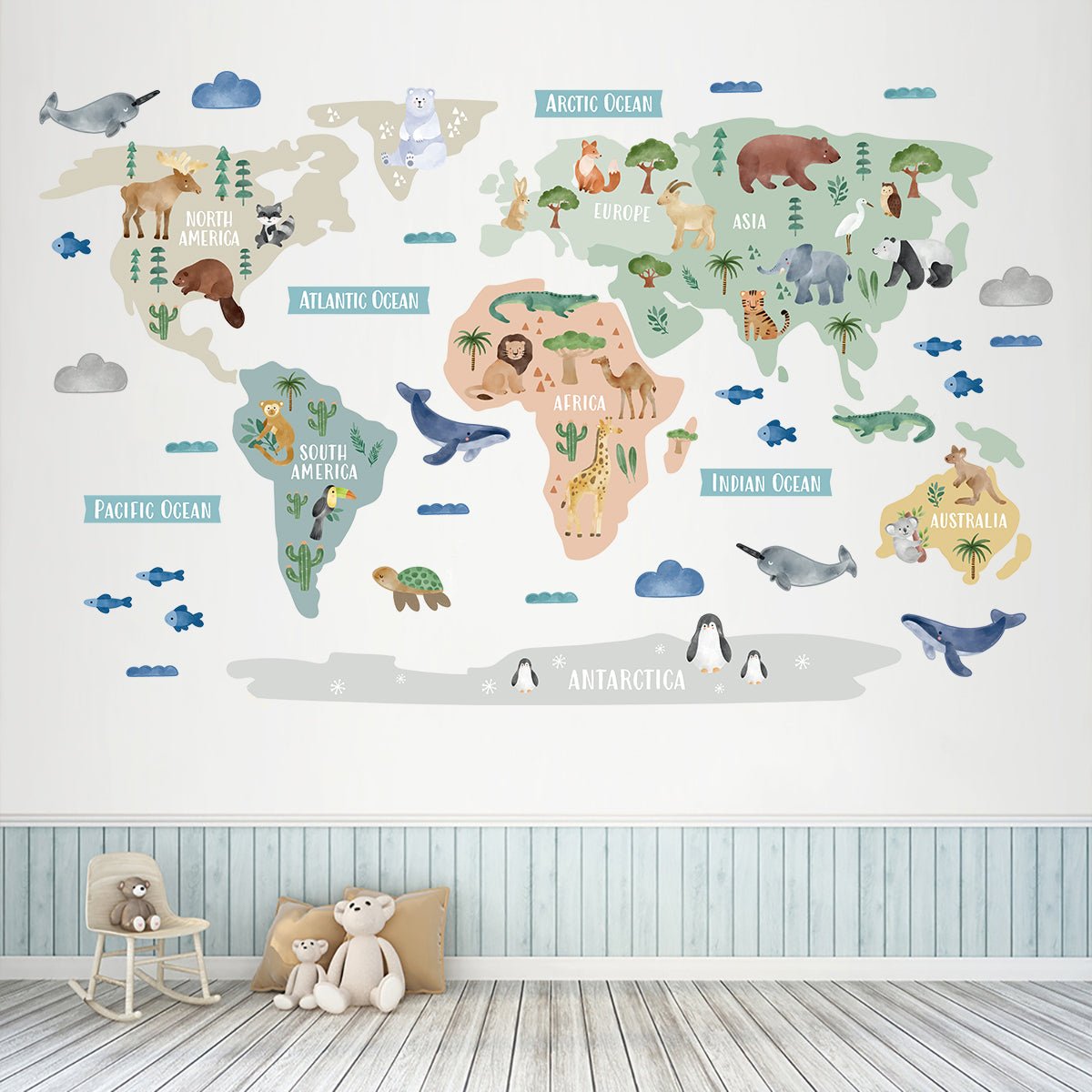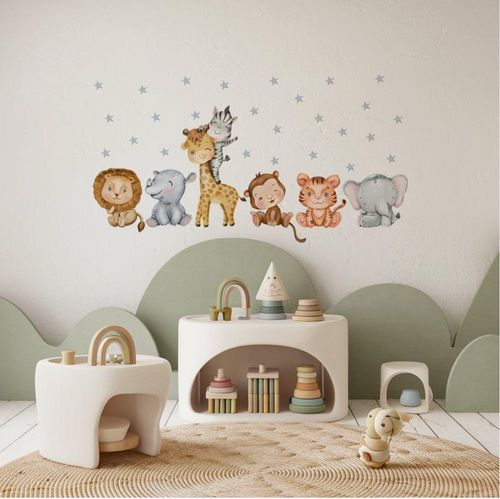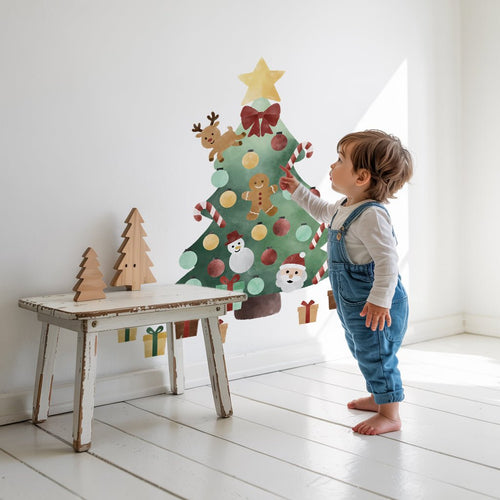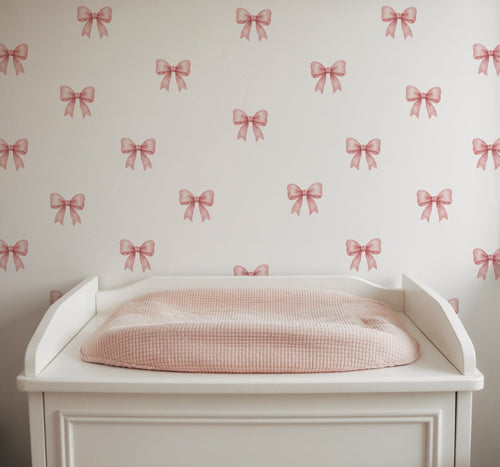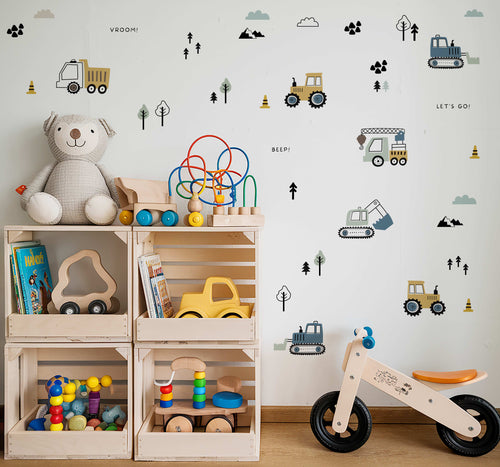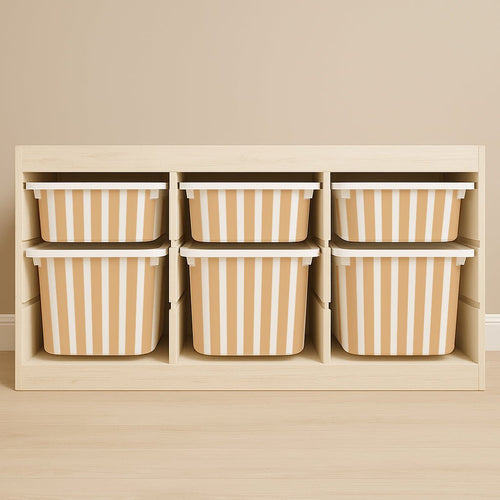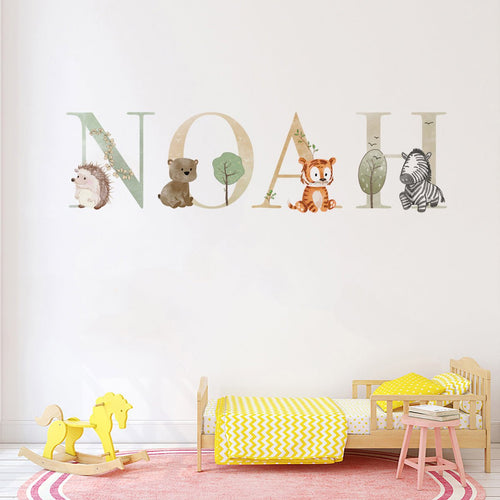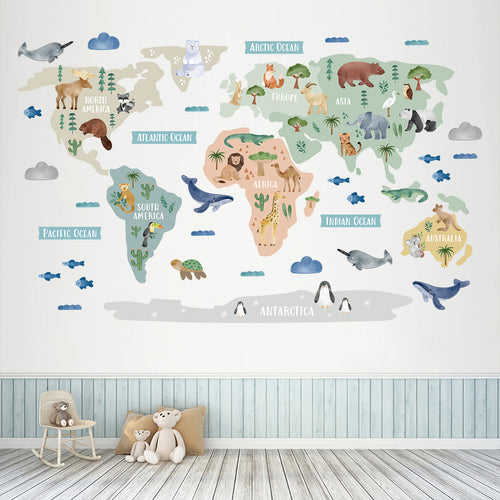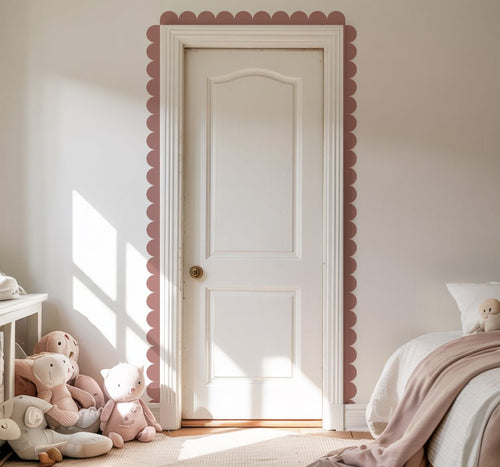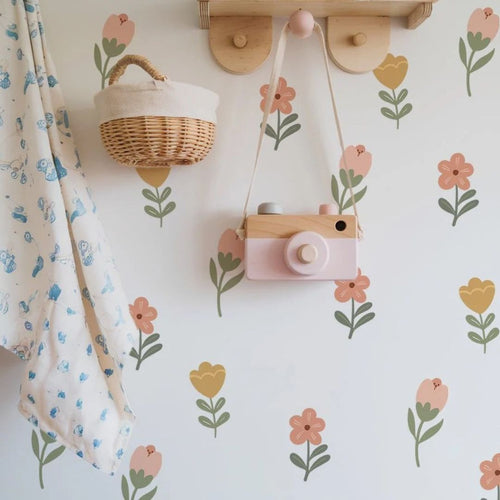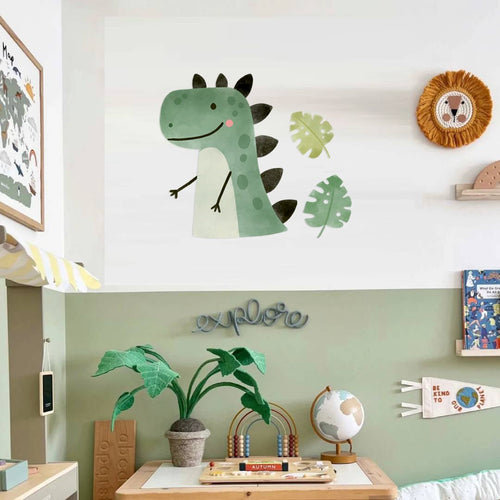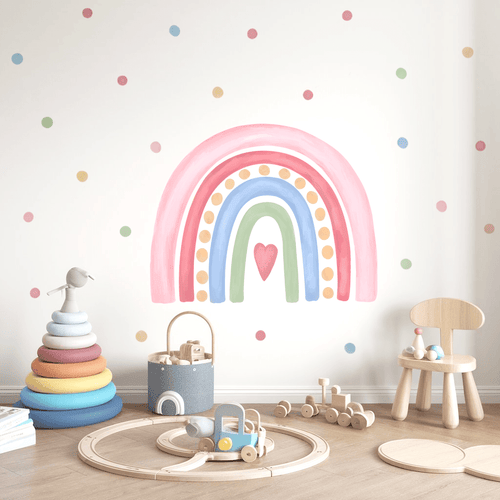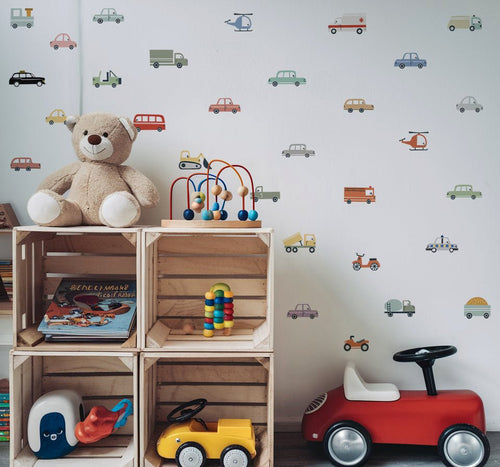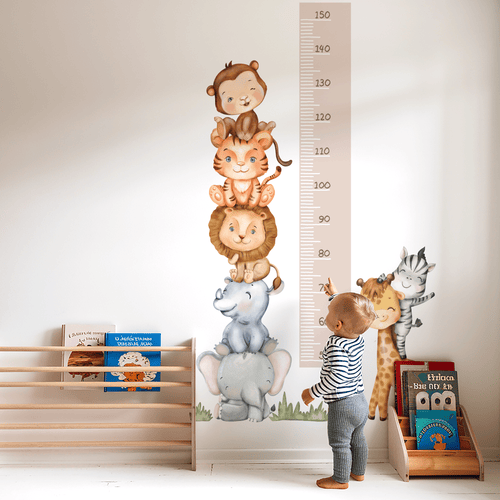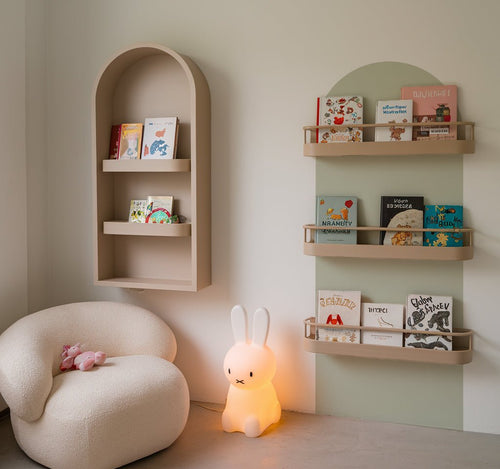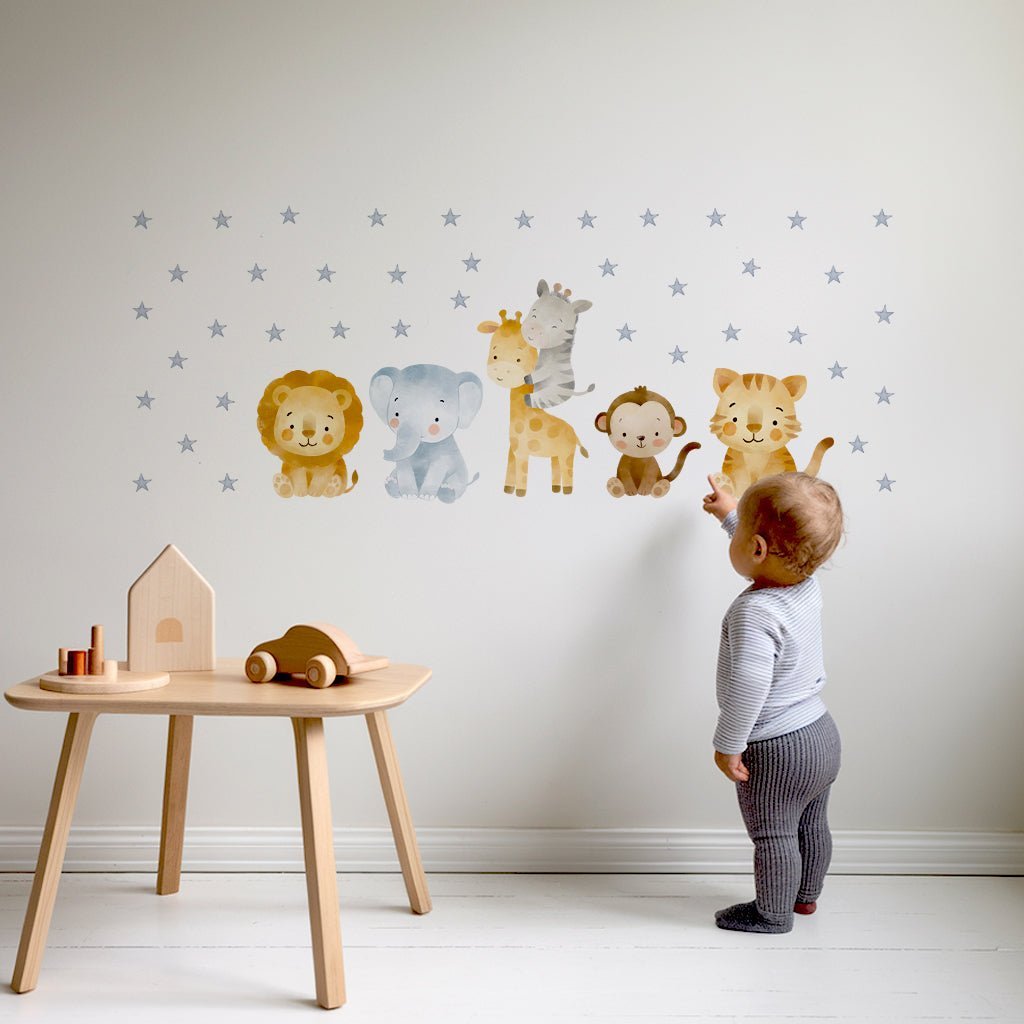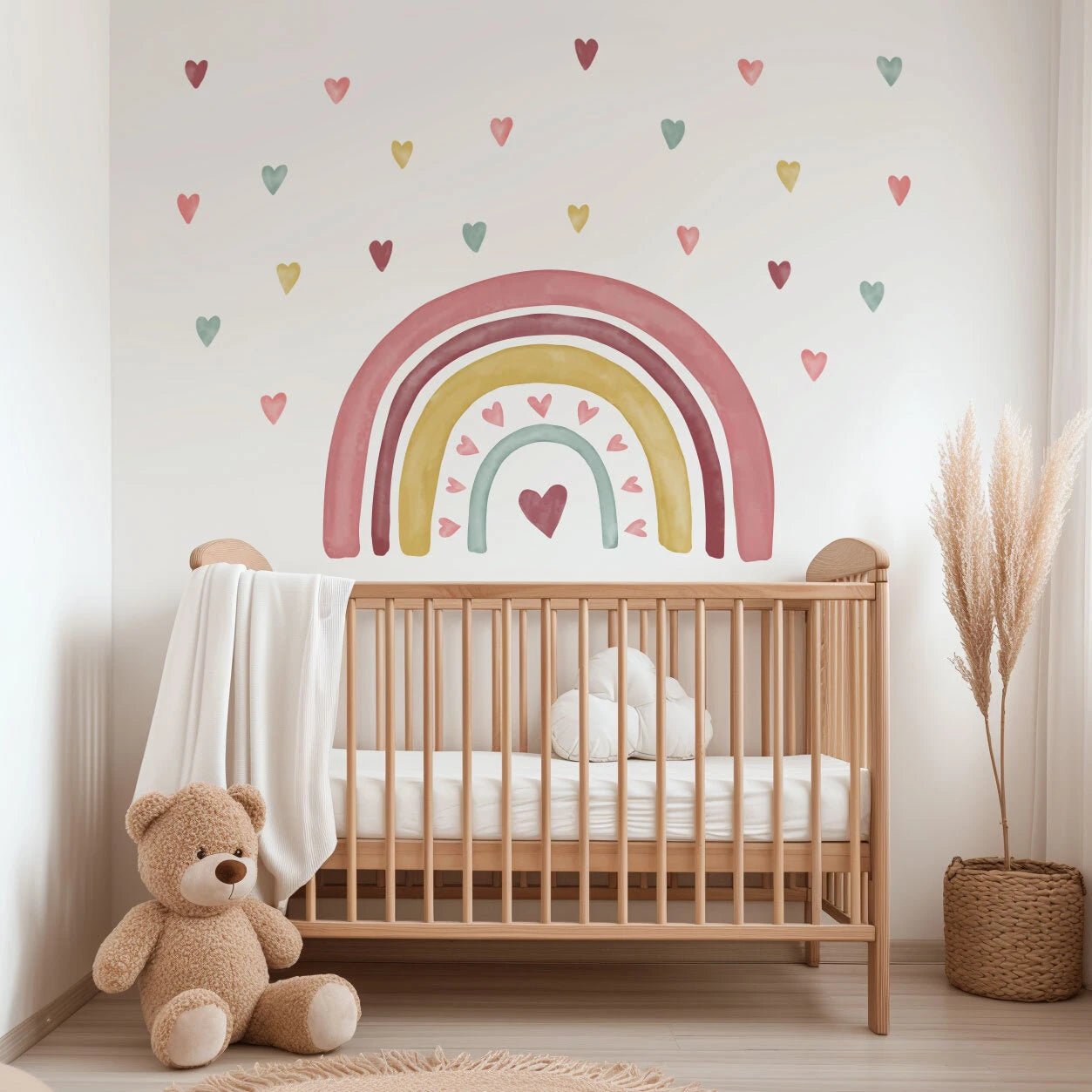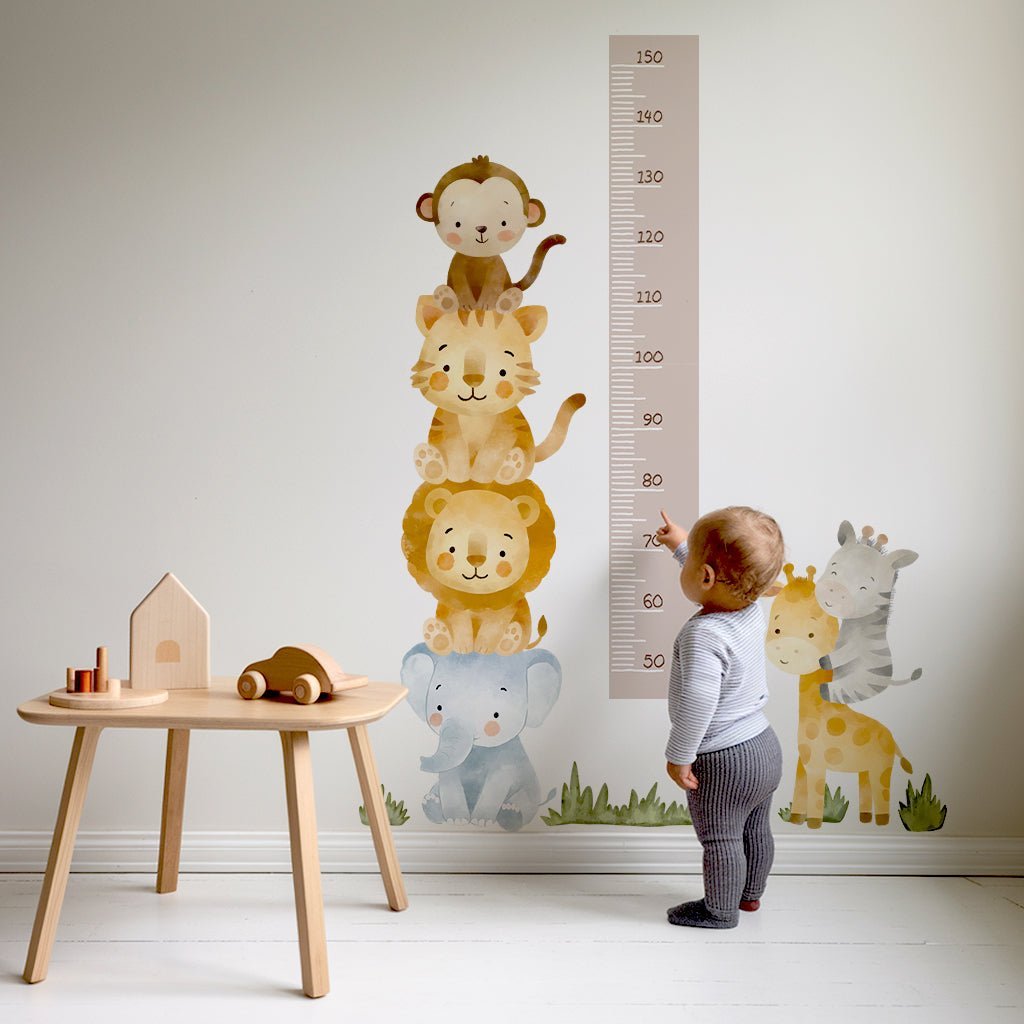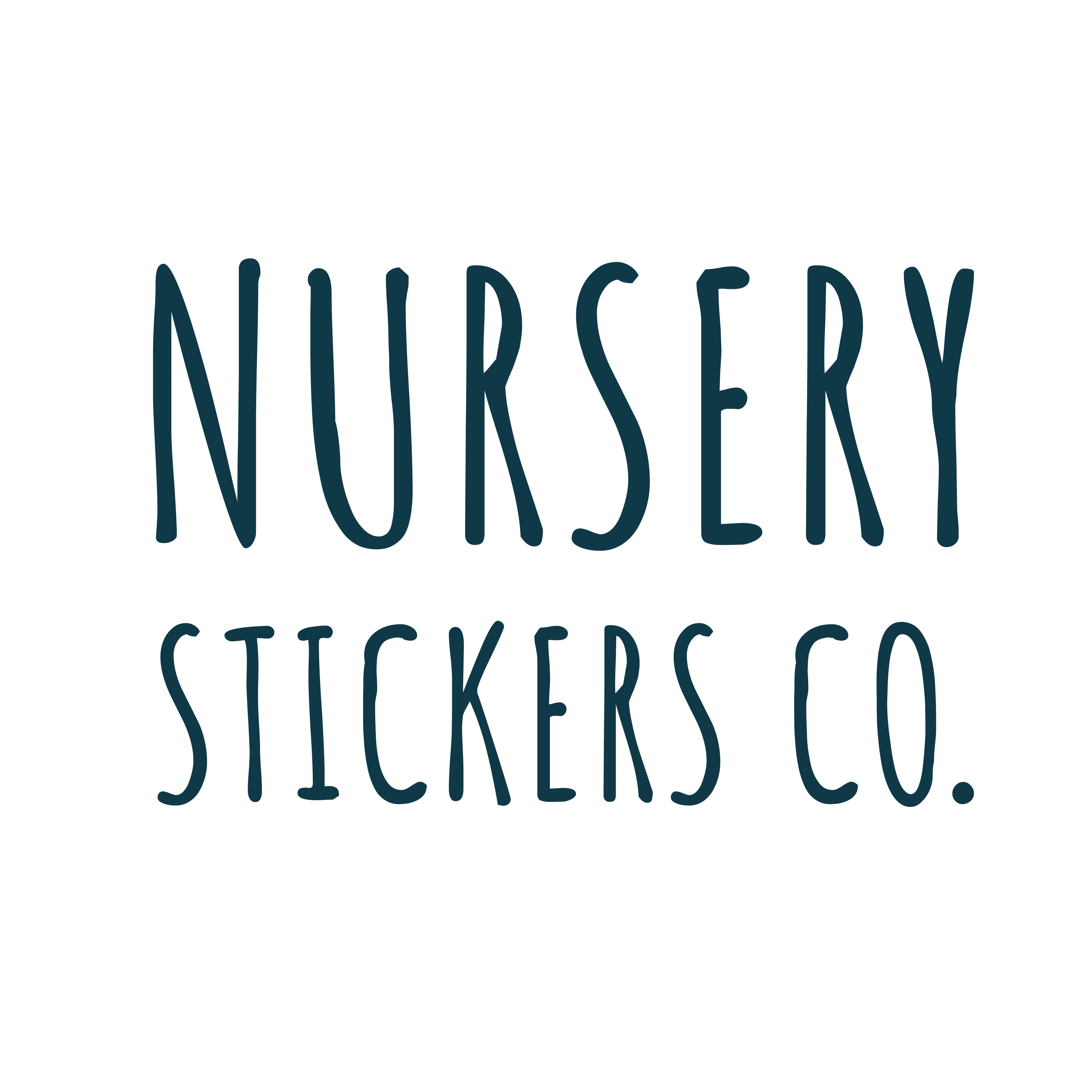Key Takeaways
- Personalised drink bottles help parents easily identify their child's bottle.
- They prevent confusion and mix-ups at nursery, school, or playdates.
- A personalised bottle becomes a treasured item that children are more likely to remember.
- Adding a name transforms a generic bottle into a special possession for kids.
Table of Contents
- Why Personalised Drink Bottles are a Game-Changer for Kids
- What Materials Make the Best Personalised Kids' Drink Bottles?
- Personalisation Options: How to Make It Theirs (and Keep It Looking New)
- Choosing the Right Size & Cap Style for Your Child's Age and Routine
- Health, Safety, and Hygiene: What Parents Must Know
- Troubleshooting and Practical Solutions: Everyday Bottle Woes Sorted
- Stainless Steel vs. Plastic vs. Aluminium Kids' Bottles: What's Best for Your Family?
- Top-Rated Personalised Kids' Drink Bottles in the UK (2025 Picks)
- Caring for Your Child's Personalised Bottle: Cleaning, Storage & Replacements
- Where to Buy & What to Watch for When Ordering (UK Focus)
- Making Hydration Personal, Practical, and Joyful
Why Personalised Drink Bottles are a Game-Changer for Kids
Childrens personalised drink bottles solve one of parenting's most frustrating daily battles: the mystery of whose bottle belongs to whom. At nursery, school, or playdates, a simple name transforms a generic bottle into your child's treasured possession, one they'll actually remember to bring home.
Beyond practicality, personalisation nurtures independence. Four-year-old Paige confidently spotted her pastel green bottle with rainbow lettering amongst twenty others on the first day of nursery. "It's mine!" she announced proudly, developing the self-reliance that comes from recognising her own belongings.
The psychological impact extends further, children drink more water when they feel connected to their bottle. A childs personalised water bottle becomes part of their identity, making hydration feel special rather than a chore parents must constantly remind them about.
For families who love playful animal themes, cartoon animal designs can add extra joy to everyday routines.
Quick Win: Teachers report that 80% of lost school bottles had no identification. Personalised bottles slash lost property headaches whilst encouraging children to take ownership of their hydration habits.
What Materials Make the Best Personalised Kids' Drink Bottles?

Material choice directly impacts safety, durability, and your child's drinking experience. Stainless steel, BPA-free plastic, and aluminium each serve different needs, but understanding their properties helps you choose wisely.
If you're interested in more ways to personalise your child's space, you might enjoy floral-inspired personalised name stickers for bedrooms and playrooms.
| Material | Insulation | Weight | Durability | Best For |
|---|---|---|---|---|
| 18/8 Stainless Steel | 12+ hours cold | Heavy | Excellent | School, long days |
| BPA-Free Plastic | 2-3 hours | Light | Good | Toddlers, travel |
| Aluminium | 6-8 hours | Medium | Very Good | Sports, outdoor play |
Food-grade stainless steel (18/8 grade) offers superior insulation and zero taste transfer, making it ideal for children who prefer consistently cold drinks. However, the weight may challenge smaller hands. BPA-free plastic remains the lightest option for toddlers, whilst aluminium provides a middle ground, lighter than steel but more insulating than plastic.
All materials must meet UK safety standards, but stainless steel and aluminium offer longer-term value as they withstand years of drops, throws, and enthusiastic handling that defines childhood.
Personalisation Options: How to Make It Theirs (and Keep It Looking New)
Three main customisation methods dominate the market: printed names, vinyl lettering, and laser engraving. Each offers different aesthetics and longevity, affecting how long your investment remains pristine.
Printed designs allow vibrant colours and complex graphics, perfect for younger children who love rainbows, dinosaurs, or favourite characters. However, heavy washing may cause fading after 6-12 months. Vinyl lettering provides crisp, professional appearance with moderate durability, though edges may lift with frequent handling. Laser engraving creates permanent, tactile impressions that never fade, peel, or wash away, ideal for older children who prefer subtle sophistication.
Parent Hack: Choose bold, sans-serif fonts for children learning to read their names. Avoid script fonts that may confuse letter recognition. Popular choices include dinosaurs for adventure-lovers, unicorns for dreamers, and geometric patterns for minimalist families.
To maintain appearance, hand-wash around personalised areas and avoid abrasive sponges. Most quality personalisation withstands normal wear, but treating it gently extends the life significantly, meaning your personalised insulated water bottle stays beautiful longer.
For more inspiration on creative ways to personalise your child's world, see the ultimate guide to childrens wall stickers.
Choosing the Right Size & Cap Style for Your Child's Age and Routine
Bottle capacity and closure type must match your child's developmental stage and daily activities. Too large overwhelms small hands; too small means constant refills and frustrated children.
Size guidelines: 300ml suits toddlers (ages 2-4) for short outings, 400ml works for reception and Year 1 pupils, whilst 500ml+ accommodates older children and active days. Consider your child's drinking habits, some sip frequently, others gulp when thirsty.
Cap styles serve different needs: Flip straws encourage frequent sipping and suit younger children, but require thorough cleaning. Screw-top caps offer leak-proof security for school bags but need two hands to operate. Sports caps provide one-handed drinking during activities, whilst sippy lids transition toddlers from bottles to independent drinking.
Rachel, renting her home, needed leak-proof options for nursery bags. She chose a screw-top design after flip-straw disasters soaked through backpacks. The lesson: match cap style to your biggest daily challenge, whether that's preventing leaks, encouraging hydration, or building independence.
Health, Safety, and Hygiene: What Parents Must Know

Food-grade certification ensures childrens personalised drink bottles meet stringent safety standards. Look for symbols indicating BPA-free construction and food-safe materials, these aren't marketing gimmicks but legal requirements protecting your child's health.
Proper cleaning prevents mould and bacterial growth that thrives in damp bottle environments. Hand-wash daily with warm, soapy water, paying special attention to cap threads and straw mechanisms where residue accumulates. Dishwasher-safe bottles simplify routine, but always place caps on the top rack to prevent warping.
Essential Hygiene Rules:
- Rinse immediately after use, especially with milk or juice
- Deep clean weekly with bottle brush reaching all corners
- Air dry completely with caps removed
- Replace straws every 2-3 months
- Never freeze or microwave unless explicitly stated as safe
Stubborn odours respond to overnight soaking with one tablespoon baking soda in warm water, followed by white vinegar rinse. This natural method eliminates smells without harsh chemicals that might affect taste or safety.
For a fun way to encourage children to take care of their bottles, consider woodland personalised name stickers for their water bottle station or kitchen area.
Troubleshooting and Practical Solutions: Everyday Bottle Woes Sorted
Peeling personalisation frustrates parents who invested in quality bottles. Most reputable suppliers offer replacement or touch-up services within warranty periods. For immediate fixes, clear nail varnish can seal lifting edges temporarily, though this may void guarantees.
Leaking bottles usually stem from damaged seals or incorrect assembly. Check rubber gaskets for cracks and ensure caps align properly before tightening. Blocked straws clear easily, remove and rinse with warm water, using a thin brush or pipe cleaner for stubborn blockages.
Heavy bottles challenge smaller children, but shoulder straps or clip-on carriers distribute weight effectively. Theo's dinosaur bottle became manageable once his mum attached a colourful lanyard, transforming frustration into pride as he carried it independently.
Transitioning between age-appropriate bottles needn't waste previous investments. Many manufacturers offer compatible caps, allowing a toddler sippy cup to become a school-age sports bottle by simply swapping closures.
For more ideas on thoughtful gifts, check out childrens personalised presents for birthdays and special occasions.
Stainless Steel vs. Plastic vs. Aluminium Kids' Bottles: What's Best for Your Family?
Each material excels in specific situations, making the "best" choice dependent on your family's priorities and lifestyle demands.
| Criteria | Stainless Steel | BPA-Free Plastic | Aluminium |
|---|---|---|---|
| Safety Rating | Excellent - no chemicals | Good - meets standards | Very good - food grade |
| Temperature Retention | 12+ hours | Room temperature only | 6-8 hours |
| Suitable Age Range | 5+ years | 2-8 years | 4+ years |
| Environmental Impact | Lowest - decades of use | Moderate - eventual replacement | Low - highly recyclable |
Stainless steel suits families prioritising longevity and insulation, perfect for packed lunches requiring cold drinks until afternoon. Plastic serves budget-conscious parents with younger children who frequently drop or lose bottles. Aluminium bridges both worlds, offering reasonable insulation at manageable weight.
Eco-conscious families increasingly choose stainless steel despite higher upfront costs, recognising that one quality bottle replaces multiple plastic alternatives over a child's school years.
For more on reusable bottles and their environmental impact, see this overview of reusable water bottles.
Top-Rated Personalised Kids' Drink Bottles in the UK (2025 Picks)

Leading UK suppliers have refined their personalisation processes, offering quick turnaround and reliable quality that busy parents depend upon.
Popular choices include: Educational suppliers focusing on school-appropriate designs with clear, bold lettering. Craft retailers emphasising creative themes like woodland animals, space adventures, and rainbow patterns. Sports retailers providing durable options for active children with team colours and motivational phrases. Online marketplaces offering budget-friendly alternatives with basic name printing.
Before ordering any childs personalised water bottle, preview the final design carefully, check spelling, font size, and colour contrast. Ensure the personalisation doesn't obscure capacity markings or safety information printed on the bottle.
Rebecca's Review: "After 6 months and countless washes, my daughter's unicorn bottle still looks brilliant. The name hasn't faded, and she's never lost it once. Worth every penny for the peace of mind alone."
If your child loves rainbows, rainbow wall stickers can be a delightful addition to their playroom or bedroom decor.
Caring for Your Child's Personalised Bottle: Cleaning, Storage & Replacements
Consistent care extends both bottle life and personalisation appearance. Establish a simple routine: rinse immediately after use, wash thoroughly each evening, and air dry overnight with all components separated.
For more tips on keeping your child's belongings organised, see our guide to personalised backpack options for school and nursery.
Where to Buy & What to Watch for When Ordering (UK Focus)
UK parents have excellent options for personalised bottles, with prices typically ranging £12-£28 depending on materials and customisation complexity. Online retailers like Not On The High Street and Etsy offer extensive personalisation, while high street stores provide quicker turnaround.
Before ordering, double-check name spelling in the preview, mistakes happen, but corrections delay delivery. Verify font readability, especially for younger children learning to recognise their names. Bold, clear fonts work better than decorative scripts for daily school use.
Order timing matters significantly. Back-to-school periods (late August) and Christmas see 2-3 week delays. For September school starts, place orders by mid-August to avoid disappointment.
Check return policies carefully, many personalised items can't be returned unless faulty. Read reviews focusing on print quality and durability rather than just design appeal. A childs personalised water bottle needs to withstand daily handling, not just look attractive initially.
For a curated selection of the most popular designs, browse our most popular picks for children.
Making Hydration Personal, Practical, and Joyful

The right personalised drink bottle transforms a daily necessity into something special. Beyond preventing mix-ups at school, it encourages independence and proper hydration habits that last into adulthood.
Remember that tastes evolve quickly in childhood. Choose bottles with removable elements or consider rotating designs seasonally. What captivates a 4-year-old dinosaur fan might embarrass them at 7, flexibility matters more than perfection.
Your investment in quality childrens personalised drink bottles pays dividends through reduced lost property, increased water intake, and those small daily moments when your child feels truly seen. Whether it's rainbow unicorns or football themes, the personal touch makes ordinary hydration extraordinary.
For more on healthy drink choices for kids, see this advice from the American Academy of Pediatrics: Making Healthy Drink Choices for Kids.
Frequently Asked Questions
How do personalised drink bottles help encourage children to drink more water?
Personalised drink bottles make hydration feel special by turning a simple bottle into a treasured possession your child recognises and enjoys using. When children see their name or favourite design on their bottle, they’re more likely to take ownership and remember to drink regularly without constant reminders.
What are the pros and cons of different materials like stainless steel, BPA-free plastic, and aluminium for kids' drink bottles?
Stainless steel bottles are durable, keep drinks cool longer, and are easy to clean but can be heavier. BPA-free plastic bottles are lightweight and often more affordable but may not last as long or keep drinks cold. Aluminium bottles are light and stylish but sometimes require a protective lining to prevent taste changes and can dent more easily.
What personalisation options are available to make a child's drink bottle unique and easy to identify?
You can personalise bottles with names, colourful lettering, fun fonts, or themed graphics like animals or rainbows. Some brands offer removable stickers or printed designs that stay vibrant through washing, helping your child spot their bottle quickly and feel proud of their unique item.
How can parents ensure the health, safety, and hygiene of their child's personalised drink bottle?
Choose bottles made from BPA-free, food-safe materials and look for easy-to-clean designs with wide openings or dishwasher-safe parts. Regularly wash all components thoroughly and replace worn or damaged bottles to keep germs at bay and ensure your child’s bottle stays safe and fresh.
